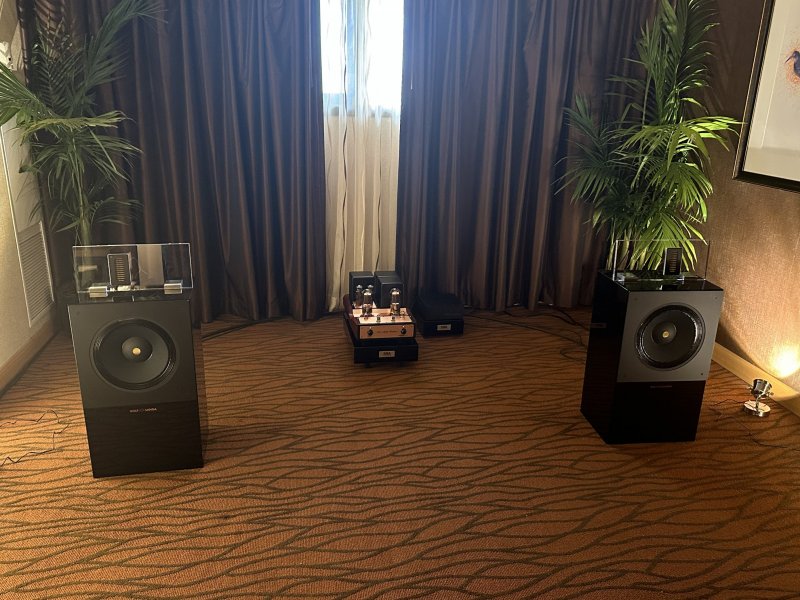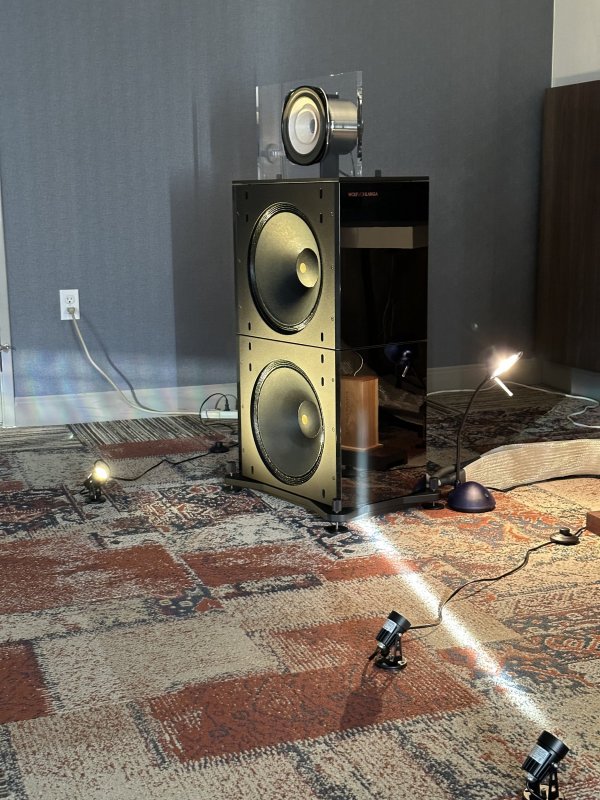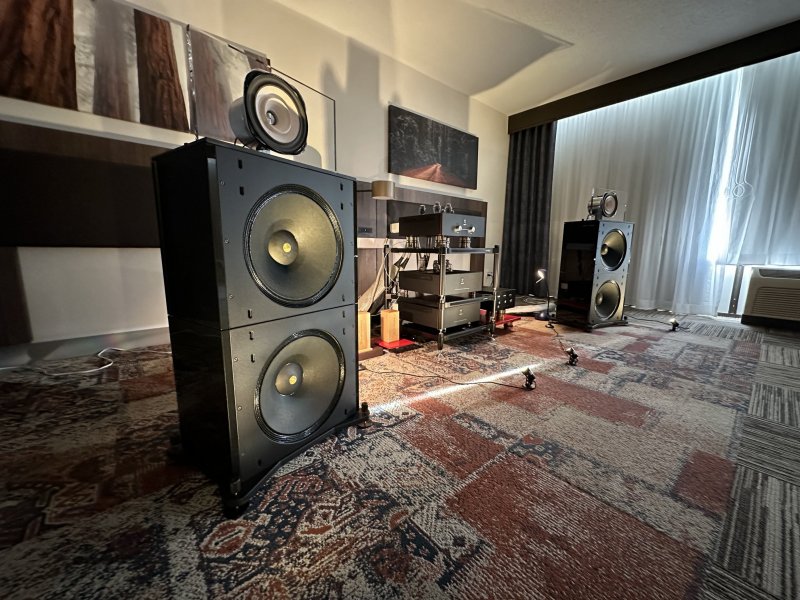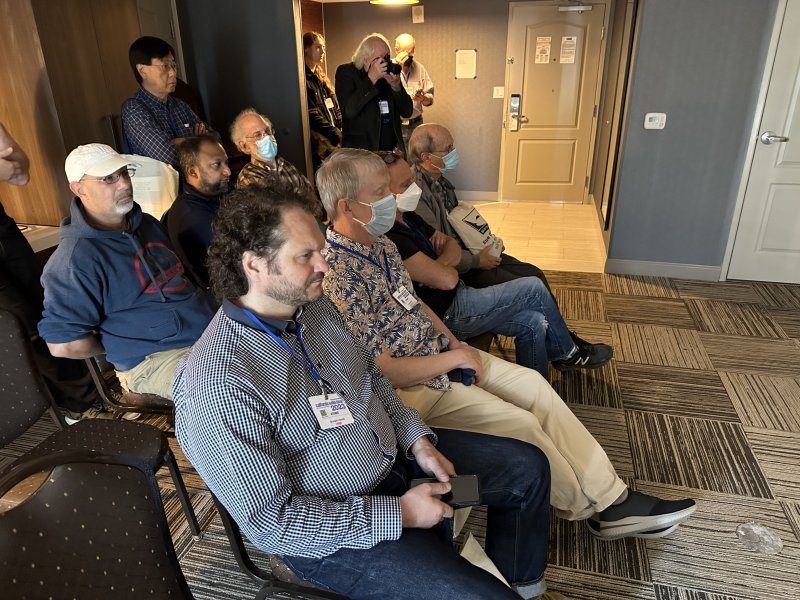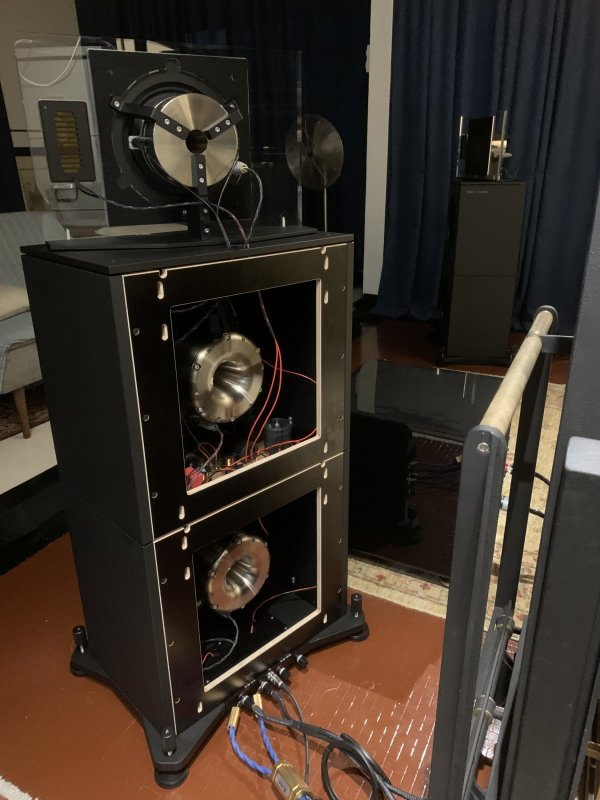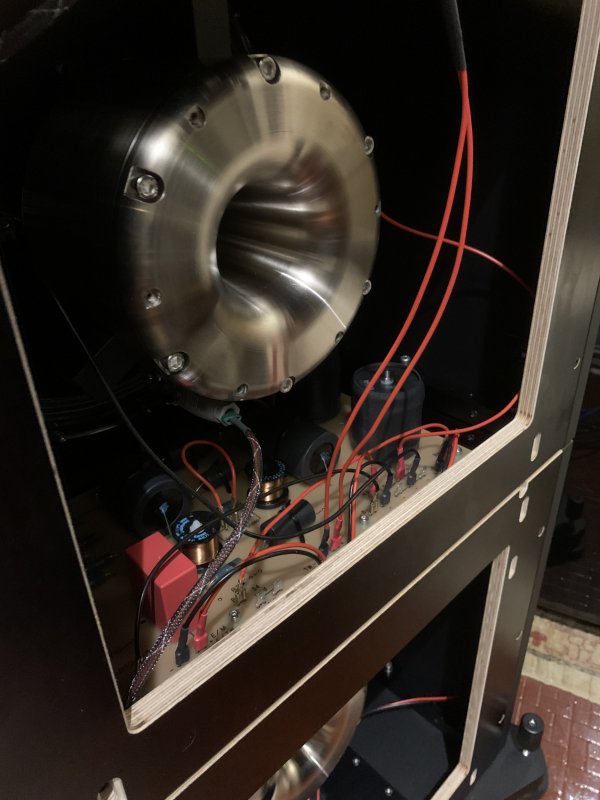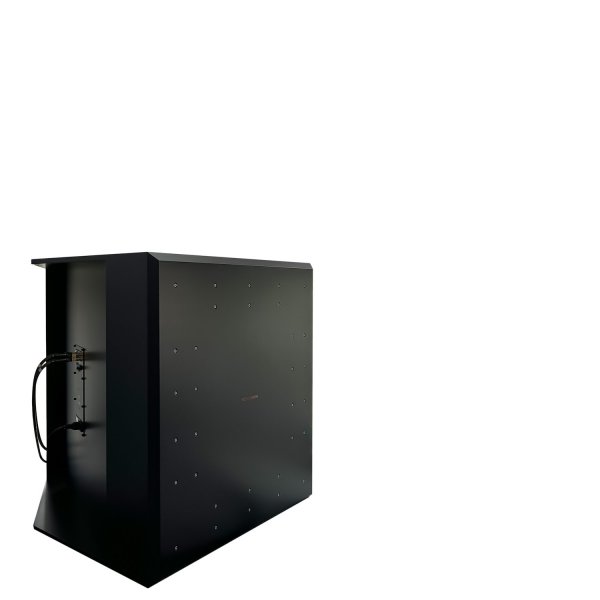Hello amor musicae, I’ve had the WVL Son for about a year, and received my Chicagos two months or so ago. Due to the AMT unit up top, field coil technology, and dipole typology, there are similarities of bloodline, but I have gradually discovered that in many ways, the Son and Chicago are entirely different animals. Three factors separate these speakers.
The first is that the Son, for all its amazing ability, makes use of a rearward passive radiator for its low end, and in doing so, boosts bass response to a credible 25Hz. This 25Hz has subtlety that convincingly edges even many other superlative speakers.
For the fact of its open baffle, the Chicago is only rated to a seemingly forgettable 35Hz….but they are the most unbelievable field-coil driven 35Hz you will ever hear - a place where bass is not a mere dynamically vital low frequency, but where breathtaking nuance and detail of music thrives. Bass from the Chicago makes the Son sound unrefined, which is a shocking realisation. The Son may dig a little deeper with its 25 passive radiating hertz, but it is considerably less differentiated - the shock comes through knowledge of how good the low frequency performance of the Son already is.
The second thing that is different about the Chicago is the addition of the midrange module that the AMT sits alongside. In covering the vital range of frequencies between the midrange woofer and the AMT, it delivers a level of realism with voice, piano, and every other musical instrument to astonishing levels.
On the last point of note, the Chicago is a slightly more difficult speaker to position than the Son in a nearfield set-up - minute changes to the angle of the midrange/AMT module above can drastically change the sound delivery, often to the point where i questioned if I had made a mistake procuring a speaker that could just not be matched to the specific conditions of my listening space.
The positioning of the Son is remarkably easy, as the AMT module up top is a single variable to factor. The Chicagos midrange/AMT module requires directing the inside edge of each AMT (the edge closest to the adjacent midrange woofer) to the anticipated listening position. This is at the same time the best fore/aft location of the said module is being negotiated, and after the lower and mid woofers below have been angled correctly to a point behind the listening position. Then the listening position may have to be moved either forward or backward to refine driver coherency.
It took me a week and a half of speaker and listening position adjustments to find my shangri-la, dead confident that in no way could I have made an incorrect decision, and yet hoping every step of the way that my perseverance would pay off in the end. I’m just glad it happened sooner than later.
A last note - I’ve found the Chicago to be my Goldilocks speaker less because it plays every genre of music brilliantly (even if this would be good enough reason), but for the fact it combines two of the most masterful typologies of speaker design without any of their weaknesses - where box speakers have all the power at low frequencies but lack the magical air of transparency that containment brings; and planars have all the air and open levity of realism, but lack coherency and/or refined depth and accurate percussion in the lower frequencies with difficult to match woofers/subs, the Chicago delivers all the air dipoles are known for, with its field-coil drivers making up for any shortfall in dynamic low range. The Chicago is brilliant because it puts field-coil drivers to the dipole.
It’s an amazing speaker that is priced under half of what it’s worth, with all that effort of manufacture and production going into the technology of its driver system, the heartbeat of any speaker, rather than a beautiful box with lesser drivers.
The only drawback for those unaccustomed would be the joy of self-assembly required of the speaker upon arrival, and the exposed beautiful entrails of cables, wiring, raw crossover panel, and the gorgeous stainless steel cylinder blocks of the field-coil drivers at the rear that is the speaker business end, upon completion.
I hope my writing more about how good the Chicago is didn’t kill any attempt at the comparison you asked for.
Thank you for starting this thread : )
















